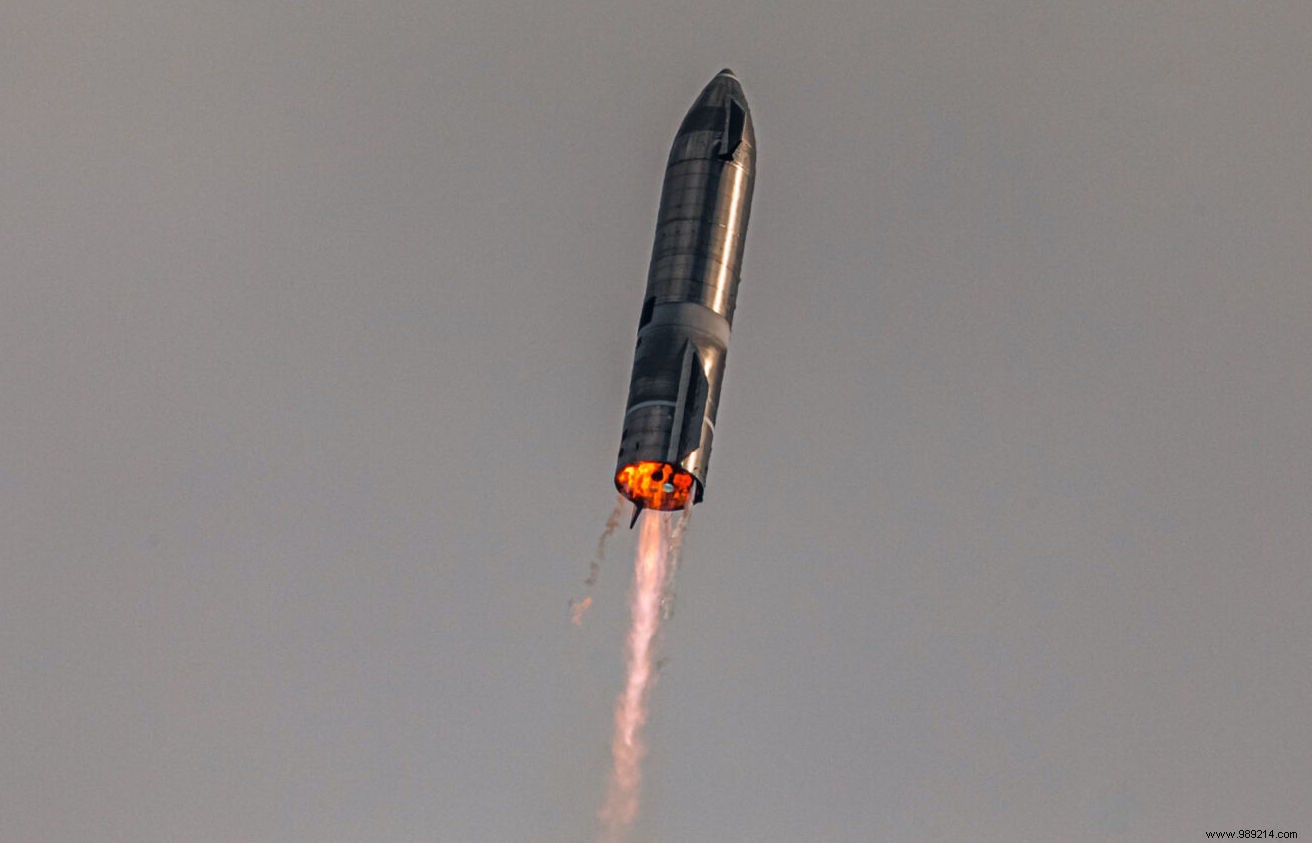It's official:NASA has just selected SpaceX to supply the US agency's next manned lunar lander. This will finance SpaceX for a first uncrewed mission, then a second with a crew. SpaceX, once again, is about to make aerospace history by landing the first humans on the Moon since the Apollo era.
About a year ago, NASA announced the award of three contracts to begin development of lunar landing systems that will allow the next man and woman to land. landing on the Moon in 2024. The companies chosen were:Blue Origin, Dynetics and SpaceX. Since then, these three providers have developed their prototype lunar landing vehicles.
In the end, the cost of SpaceX's offer was about half that of Dynetics and about a quarter of the amount offered by Blue Origin. This frugality, at least in part, led NASA on Friday to choose Elon Musk's company as its one and only landing service provider.
The US agency has announced that it will award $2.89 billion to SpaceX for the development of its Starship vehicle for two flights. One of these missions will be an uncrewed test to the lunar surface. The ship will then return to Earth. The second mission will be the first first crewed flight of the Artemis program. This mission – Artemis III – is officially still scheduled for 2024.
Starship offered several advantages, NASA officials said. The SpaceX ship will indeed have a spacious cabin for astronauts, two airlocks and enough payload capacity to bring a large number of experiments to the Moon and return samples to Earth. Significantly, NASA engineers also praised the vehicle's innovative design and future-proof technology that could one day also be used on Mars.
Whether technically or financially, SpaceX ticked all the boxes.
The budget still seems to have been the most important factor. NASA has indeed struggled to obtain funding from Congress for this lunar lander project. For example, for the current fiscal year, the agency said it needed $3.3 billion in funding to meet its goals. Congress, on the other hand, has only offered $850 million.
While the Biden administration recently approved these Moon return goals, the new US administration is working to update the schedule with a more realistic timeline given the predilections Congressional budgets. Friday's announcement is therefore part of this process aimed at making Artemis more affordable.
Naturally, proposing just one contractor for the human landing system won't be particularly popular in Congress, where traditional space companies like Lockheed Martin and new entrants like Blue Origin have more established lobbying power than SpaceX.
Also, through its decision, NASA and the White House send a clear message to the budget writers operating in the House and Senate. NASA will go to the moon. And she will do with her means.

SpaceX has largely self-funded the development of its launch vehicle/craft for about five years, with the goal of one day using it to send humans to Mars. The structure comes in a fully reusable upper floor (the Starship), which will be topped with a booster named Super Heavy. For now, these two structures are still in the testing phase in South Texas.
As part of the Artemis program, SpaceX has offered to deliver a modified version of its Starship vehicle to lunar orbit.
In the idea, a crew of astronauts would launch inside a capped Orion spacecraft above the SLS, NASA's super-heavyweight launch vehicle . Orion would travel with Starship to lunar orbit. There, two crew members will be transferred to the landing system with the aim of reaching the surface of the Moon. After about a week, they will re-board with the aim of rejoining the Orion ship before returning to Earth.
As for how all this could fit on top of the SLS, we don't know yet.
Naturally, it will not have escaped your attention that SpaceX also plans to launch humans to the Moon with its Starship from Earth. Also, it does not seem exaggerated to question the necessity of the SLS rocket like the Orion spacecraft, two very expensive structures, whereas the lunar crews could simply launch from the surface of the Earth at lower costs.
That being said, NASA is well aware that Congress – very invested in Orion and the SLS rocket, and in the jobs they generate in all 50 states – will never support a such program. At least not right away.